Fancy a cracking new camera but don’t want to break the bank? Whether you need a capable yet pocket-friendly compact or something more substantial, check out our top best cheap cameras for photographers.
If the oft-mentioned maxim about the best camera being the one that’s always on you is to be believed, the best camera for most people is the one inside their smartphone. You can’t argue with their convenience. And the quality of modern models makes them more than suitable for everyday snapshots. However, most people appreciate that these still lag behind cameras designed for more considered photography.
Fortunately, you don’t have to spend much to see an improvement on both functionality and image quality. Most people looking to do so will gravitate towards DSLRs or mirrorless models. These cameras are suited to everything from landscape, street photography portraits and more. However, recent generations of compact cameras have seen a notable increase in quality too. In fact, even pro photographers deem them sufficient for casual use.
Many of these models have manual control over exposure and focus, and some have touch control on a tilting screen. Wi-Fi and NFC connectivity also often feature for simple image transmission.
Interchangeable-lens cameras have the advantage of working with a raft of lenses to suit different subjects, but if you have a clear idea of what you’ll be photographing you may find a high-quality compact camera will provide the focal range you need in a far smaller and more practical body.
The following list looks at five of the very best cheap cameras, from compacts to interchangeable-lens models. For a deeper dive into the many different camera types and features available, check out our range of camera buying guides.
Nikon D3500
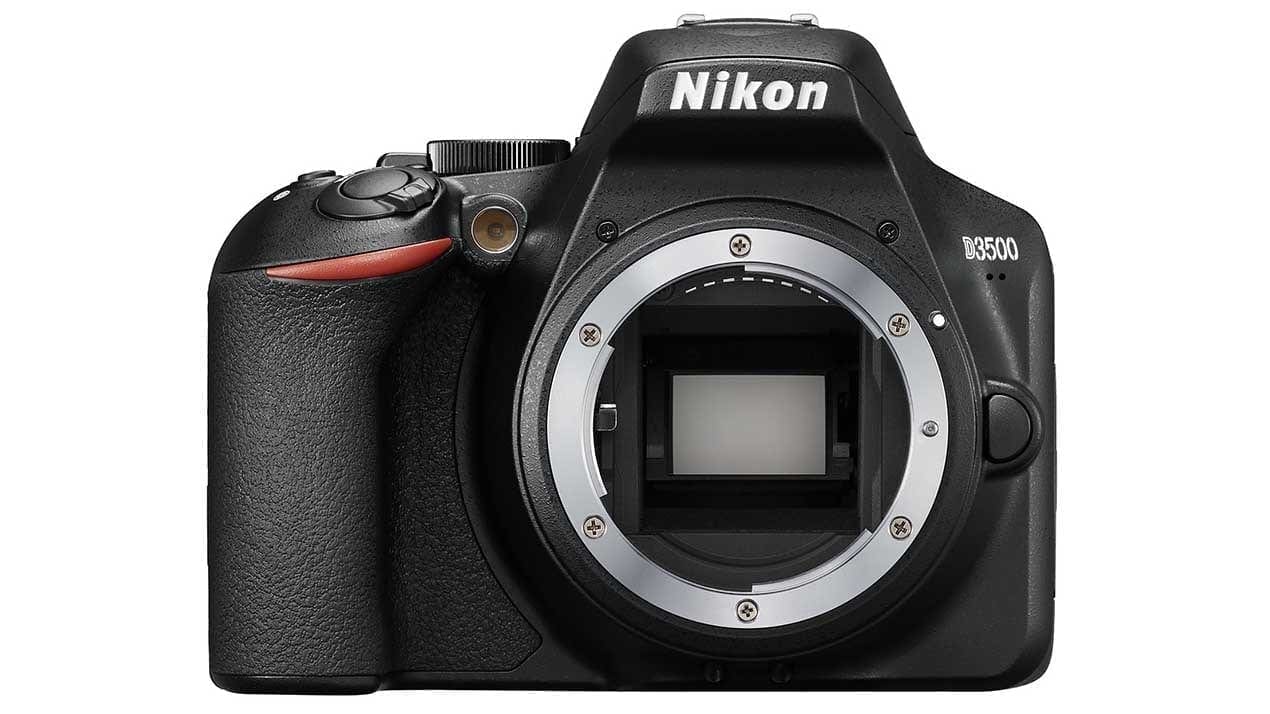
Big features inside a small body, with an agreeable price tag to boot
Sensor: 24.2Mp DX-format CMOS
Lens: 18-55mm f/3.5-5.6
Viewfinder: Optical
Screen: 3-inch, 921,000-dot screen
Dimension: Approx. 124 x 97 x 69.5mm
Weight: 365g (body only)
Nikon has been fine-tuning its entry-level DSLR concept for many years now, and its D3500 model strikes just the right balance between offering lots of useful features and being easy for anyone to use, all inside a portable and affordable body.
Its Guide Mode is a brilliant option for those starting out. It makes the step-up to an interchangeable lens camera easy, explaining how to take control of key features.
There’s also an 11-point AF system, full HD video recording and Nikon’s SnapBridge technology. The latter makes it easy to pair the camera with a smartphone and enables automatic image transfer. Unlike the D3400, the D3500’s SnapBridge system can also be used to control the camera remotely.
Nikon has also removed the anti-aliasing filter from the 24.2MP sensor, which helps it to capture more detail than it otherwise would.
The camera comes with an 18-55mm kit lens that should be suited to everyday scenes, although it holds the huge advantage of being compatible with decades worth of top-quality Nikkor glass, as well as flashguns and plenty of other accessories. Overall, it’s a fitting option for pretty much anyone wanting serious control without spending a fortune.
Best for: those starting out with ambitious photographic plans
Sony A6000
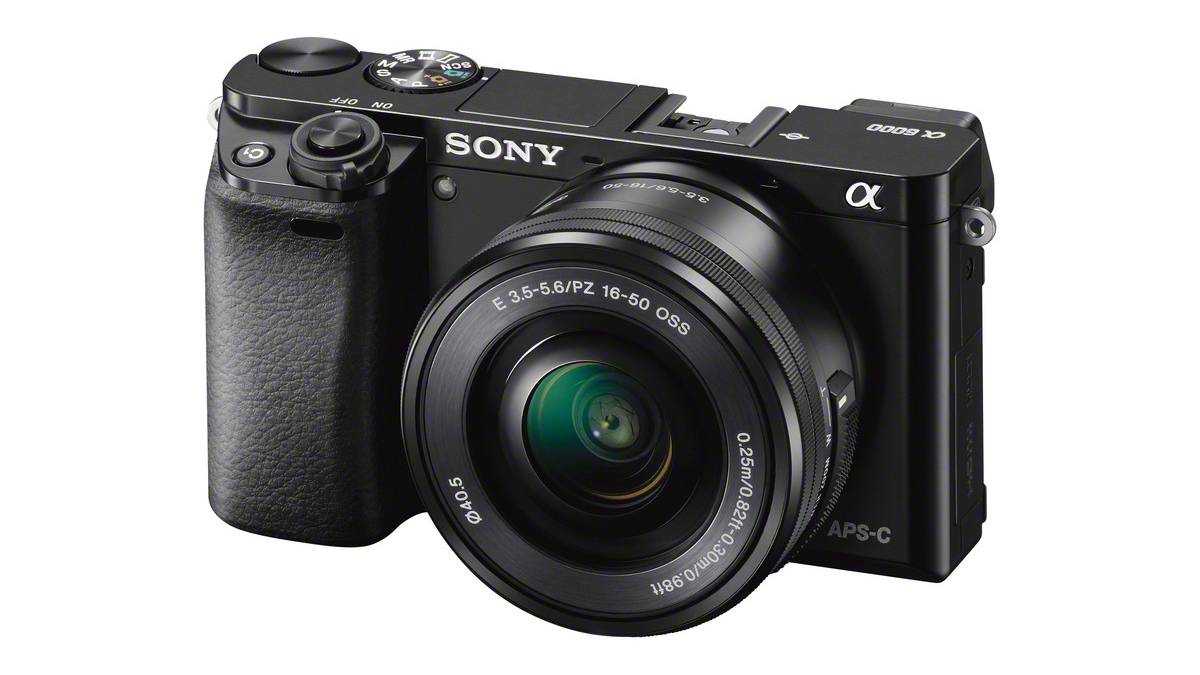
One of the most popular mirrorless cameras around, with fast focus and burst shooting separating it from the pack
Sensor: 24.3MP APS-C-format CMOS
Lens: 16-50mm f/3.5-5.6
Viewfinder: Electronic
Screen: Tilting, 3in, 921,600-dot screen
Dimension: 120 x 66.9 x 45.1mm (body only)
Weight: 344g (body only, with battery and memory card)
Sony has proved to be a strong contender to more established photographic brands in recent years, and the A6000 is unquestionably one of its most celebrated models.
It squeezes plenty of top functionality into its diminutive body, with a 24.3MP APS-C sensor, a high-quality electronic viewfinder, a tilting screen and Wi-Fi standing out of the spec sheet. Its biggest draw, however, is its superb autofocusing system and 11fps burst-shooting option, the latter being well short of the frame rates offered by similarly priced DSLRs.
That combination makes it far more suited to sports and action photography where other similar cameras fall short, although it’s a perfectly capable model for more general scenes with static subjects too. To enhance its appeal, it also comes with a 16-50mm f/3.5-5.6 kit lens that collapses into itself when not in use, which makes it far more portable than equivalent DSLRs.
Best for: sports and action photographers looking to travel light
Olympus OM-D E-M10 II kit
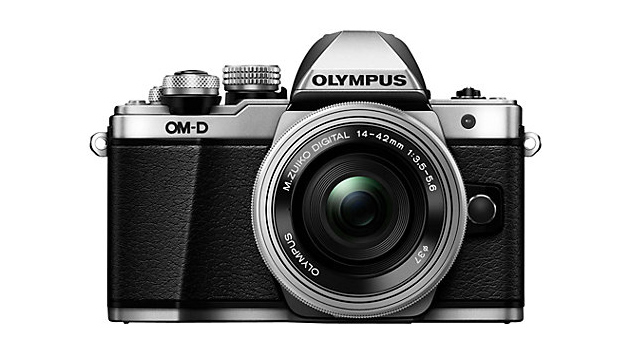
Classic style meets the latest tech in the junior OM-D offering from Olympus
Sensor: 16.1MP Micro Four Thirds type
Lens: 14-42mm f/3.5-5.6 EZ
Viewfinder: Electronic
Screen: Tilting, 3in, 1,037,000k-dot touchscreen
Dimension: 119.5 × 83.1 × 46.7mm
Weight: Approx. 390g (body only, with battery and card)
Olympus’s OM-D line has already been a smash among enthusiast users, and with the smartly styled E-M10 II the company has made its OM-D concept accessible to an even wider audience.
There’s lots to love about the camera, from its 5-axis image-stabilisation system to help keep things steady for both stills and videos to its speedy 8.5fps burst rate for shooting action. The electronic shutter not only enables super-fast shutter speeds of up to 1/16,000sec but also silent shooting, while Full HD video recording is complemented by a time-lapse option that records in the higher-resolution 4K format.
The screen tilts to simplify shooting at low and high angles and can be controlled by touch, while the 2.36million-dot resolution of the camera’s electronic viewfinder is far higher than we’re used to seeing at this level, providing a clear reproduction of the scene.
As a member of the Micro Four Thirds camera format, the model is also compatible from the widest selection of lenses designed for any mirrorless system, from fisheye and macro options through to telephoto optics.
Best for: those after a flexible, handsome camera that works with a raft of lenses
Sony Cyber-shot RX100 II
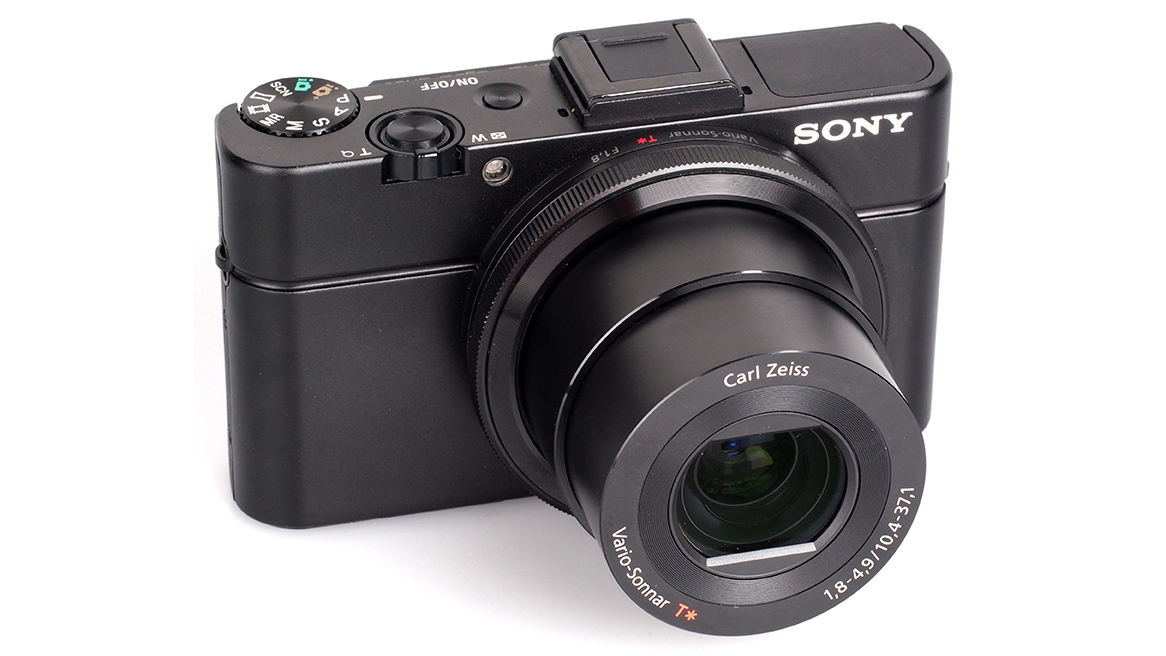
Sony’s second-generation, pocket powerhouse blends a large sensor with a quality lens and a tilting screen
Sensor: 20.2MP 1in BSI CMOS
Lens: 28-100mm f/1.8-4.9
Viewfinder: No (optional viewfinder available)
Screen: 3in 1,228,000-dot tilting
Dimension: 101.6 x 58.1 x 35.9mm
Weight: Approx 281g (with battery and card)
It’s hard to think of a compact camera series that’s won as much acclaim in recent years as Sony’s RX100 line, and this second-generation model is well worth considering if you want a high-performance option that will slip into your pocket.
Its 1inch-type sensor is larger than those in the majority of other compact cameras and is designed with a back-illuminated construction for extra light-gathering efficiency, which helps to deliver great image quality in a range of conditions.
This is joined by a 28-100mm lens, whose focal range is slightly broader than the average DSLR or mirrorless camera kit lens, with 10fps burst shooting, a tilting LCD screen, Wi-Fi and NFC all on top of this to sweeten the deal.
There’s no viewfinder built into the body but you can buy one separately if you feel you need it. Alternatively, if you can stretch to it, the newer RX100 III version does include a very good quality electronic viewfinder, together with a faster lens, a more flexible LCD screen and a built-in ND filter.
Best for: general day-to-day use where a DSLR or CSC is impractical
Ricoh GR II
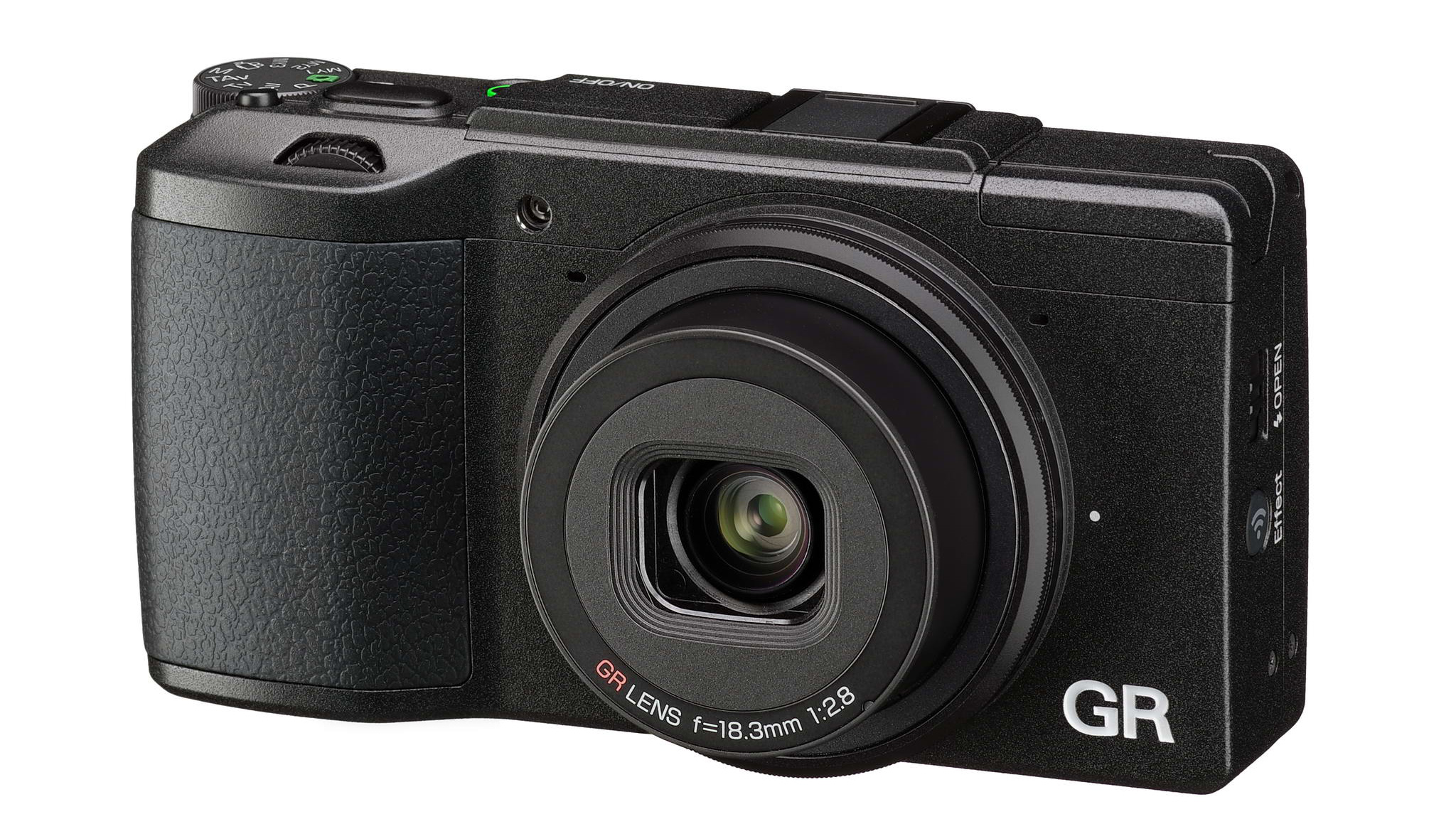
The GR II’s image quality belies its small size, with its build quality and customisation options also impressing
Sensor: 16.2MP APS-type CMOS
Lens: 18.3mm f/2.8 (equivalent to 28mm)
Viewfinder: No (optional viewfinder available)
Screen: 3inch, 1,230,000-dot screen
Dimension: 117.0 × 62.8 × 34.7 mm
Weight: 251g (including battery and card)
It might be better known for its printers and photocopiers, but even in the era of film photography, Ricoh was also making very respectable cameras. It’s made a smooth transition to digital and today, along with its previous GR model, the GR II provides some of the best image quality among any camera of this price.
This can be largely attributed to its 16.2MP APS-C sensor and fixed 28mm-equivalent lens, with the former eschewing its low-pass filter to capture as much detail as possible. There’s also a built-in ND filter, an intervalometer, built-in Raw processing and Wi-Fi functionality, and it’s all wrapped up in an understated, magnesium-alloy body that can have many of its controls customised for fast access.
The fixed 28mm lens means it won’t be for everyone, although it does provide 35mm and 47mm-crop options at the touch of a button. Similarly, the lack of a viewfinder may also be an issue to some, but as with the Sony RX100 II you can buy an external viewfinder and pop it into the hot shoe.

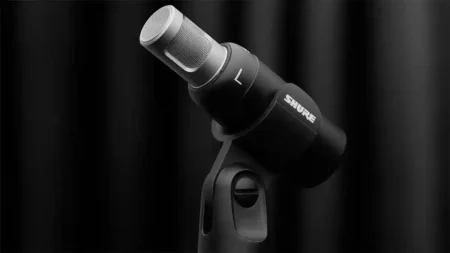
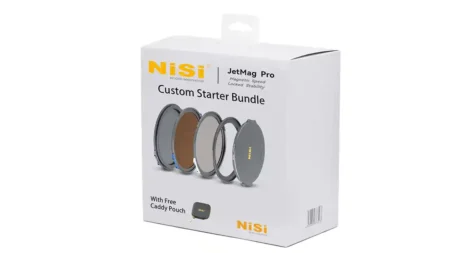
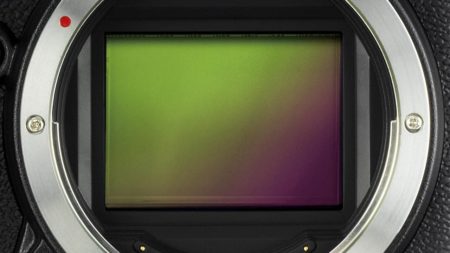
how much is it